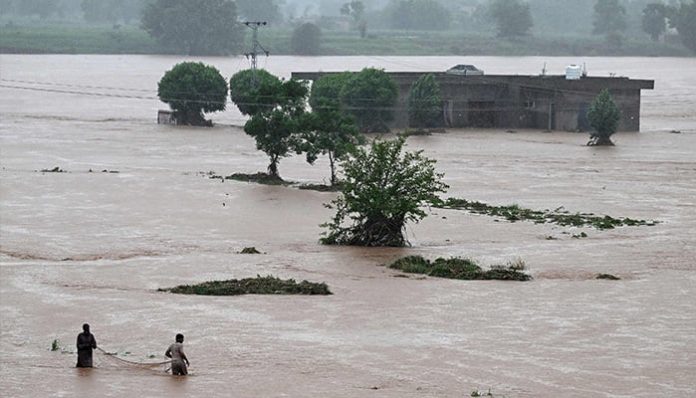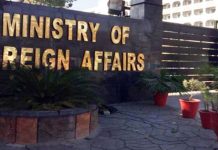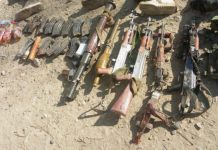——- Urban floods, Rains kill over 50 in Punjab as emergency declared in major cities
——- Monsoon death toll climbs to 178 nationwide
By Anzal Amin
ISLAMABAD: Heavy rains have killed 54 people in the past 24 hours across Punjab, raising the country’s total monsoon death toll to 178 since the rains began in late June, severely disrupting life in Rawalpindi and Islamabad, with flash floods, overflowing drains and submerged neighbourhoods reported in multiple areas.
In Rawalpindi, drain water overflowed and swept away vehicles after several hours of continuous rainfall. Low-lying areas were inundated, while the water level in Nullah Lai rose dangerously.
Authorities issued evacuation warnings for Katarian and Gawalmandi as a precaution.
The Rawalpindi administration also declared a public holiday on Thursday to keep people at home, with the national meteorological department warning that heavy rain would continue until Friday.
Islamabad was not spared either. Basements of several homes were flooded, and landslides were reported around Bari Imam shrine.
A rain emergency has been imposed across multiple districts in Punjab, including Rawalpindi, Chakwal and Islamabad. The Meteorological Department has forecast more rain until late night.
In Chakwal, 450mm of rain prompted the imposition of flood emergency. A small dam at Dherabi collapsed, sending floodwaters into nearby settlements. Dozens of rural communities have been cut off as roads and bridges were damaged or washed away. The historic Katas Raj temple complex was also flooded.
In Jehlum, cloudbursts caused widespread flooding, with several roads submerged and at least seven individuals, including six policemen, swept away. Six were rescued while one remains missing.
70 people have been rescued from flood-hit areas across Punjab so far, including a family stranded near Chakri Road in Rawalpindi, airlifted by army helicopters.
In Sialkot, a flood alert was issued due to rising water in the Chenab River at Head Marala, which reached 72,568 cusecs. Although river and stream flows remain normal, the district emergency control room has been activated and helpline 1718 is operational around the clock.
In response to the crisis, the Punjab government has declared section 144, banning swimming in rivers, ponds and dams until August 30. NDMA has advised residents of vulnerable areas to stock up on food, water, and essential medicines for 3 to 5 days.
Prime Minister Shehbaz Sharif visited the National Emergency Operation Centre, where he was briefed on the situation. Officials informed him that 30 to 40% more rainfall than normal has been recorded.
The PM expressed sorrow over the loss of lives and said damages were lower this year due to pre-emptive measures. He said provinces are actively handling the situation and added that cloudbursts have created extraordinary conditions.
Of the 54 fatalities reported in the last day, 46 died in building collapses, five drowned, and three were electrocuted. Among the deceased were 20 men, 12 women and 22 children.
Another 227 people were injured — including 89 men, 84 women and 54 children — bringing the total number of injuries since late June to 491.
Monsoon season brings South Asia 70% to 80% of its annual rainfall, and runs from June until September in India and Pakistan.
The annual rains are vital for agriculture and food security, and the livelihoods of millions of farmers, but also bring destruction.
South Asia is getting hotter and has seen shifting weather patterns in recent years, but scientists are unclear on how exactly a warming planet is affecting the highly complex monsoon.
Pakistan is one of the world’s most vulnerable countries to the effects of climate change, and its 255 million residents are facing extreme weather events with increasing frequency.
In 2022, monsoon floods submerged a third of the country and killed 1,700 people.




